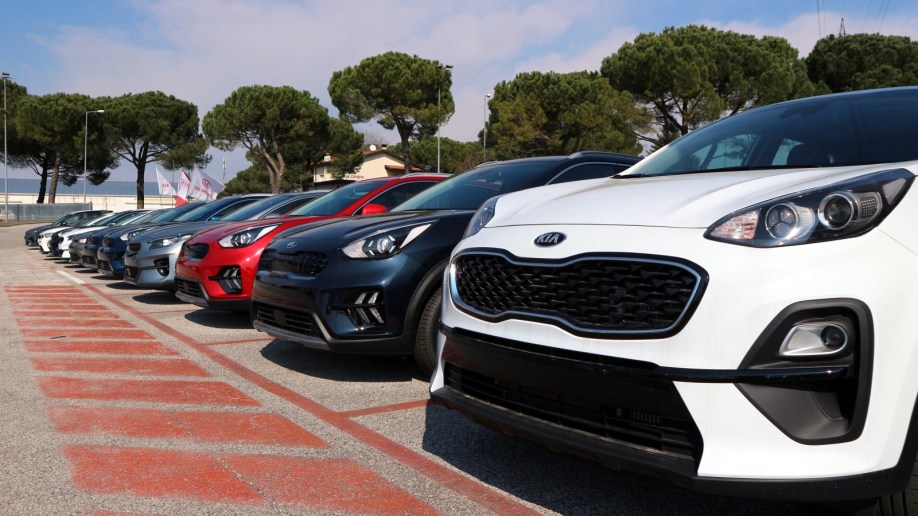
Prices remain historically high. February’s average is $4,719 higher than prices from just one year before — an increase of 11.4%.
Most Still Paying Over Sticker
The average buyer, however, is still paying more than sticker price. Non-luxury buyers paid an average price more than $900 above MSRP in February. A year ago, they were paying more than $1,500 under sticker.
“Consumers are paying near top dollar for new vehicles as prices remain high and incentives fall to a record low,” said Michelle Krebs, executive analyst for Cox Automotive. “With prices for oil and gas, along with commodities like metals used to build vehicles, soaring due to Russia’s invasion of Ukraine, automakers may be compelled to try to offset their increasing costs by raising vehicle prices. The Ukraine situation is causing additional disruption to the automotive supply chain, which makes the likelihood of growing inventory, which remains stuck at low levels, less of a sure thing.”
Cox Automotive is the parent company of Kelley Blue Book.
Luxury Cars Selling Well Over MSRP
Luxury car sales fell slightly in February, making up 16.3% of total new car sales. At peak in December, 18.4% of total sales were luxury cars.
Luxury buyers paid more than $2,500 above sticker price in the average transaction last month. A year ago, they paid more than $2,400 under MSRP.
SUV Prices Fell; Car, Truck Prices Rose
The pattern wasn’t the same for all buyers, however. SUV buyers — the majority of shoppers — saw their average price decrease by $605 in February. Truck buyers, however, paid an average of $622 more than one month before. Car buyers paid an average of $185 more.







